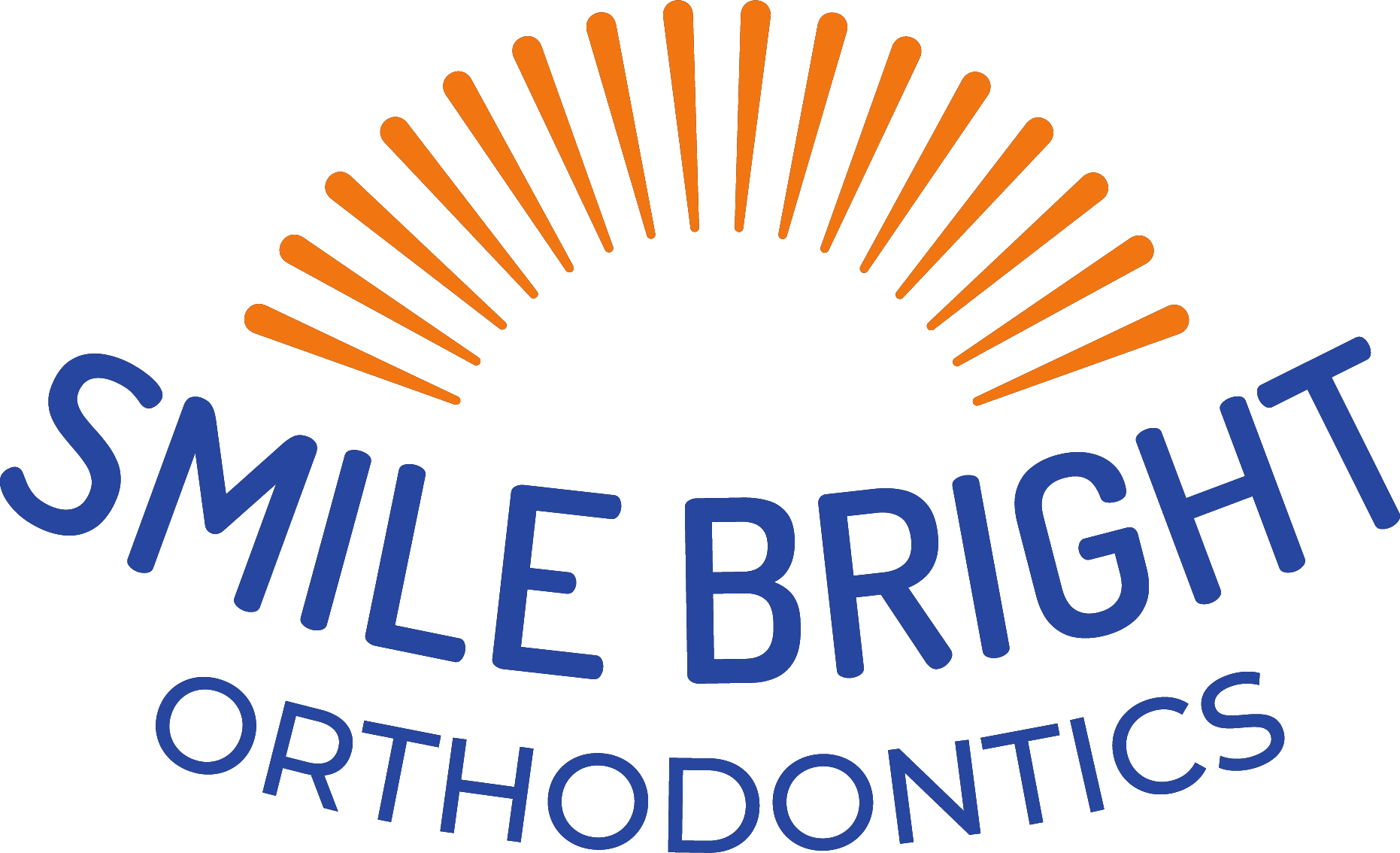Board Certified Orthodontist
Are All Orthodontists Board-Certified?
No, not all orthodontists are Board-Certified. While every orthodontist must be licensed to practice, only more than half choose to pursue board certification. The American Board of Orthodontics (ABO) certification signifies a remarkable achievement beyond the typical two to three years of advanced education required for orthodontic specialization. This certification process includes:
- Detailed Case Reports: Orthodontists must present comprehensive case reports showcasing their skills in managing diverse patient issues.
- Voluntary Achievement: Becoming Board Certified is optional and represents a higher level of commitment.
- Extensive Evaluation: A distinguished panel of examiners assesses the orthodontist’s knowledge, clinical expertise, and judgment.
How Many Certifying Boards Are Recognized by the American Dental Association in the Specialty of Orthodontics?
There is only one certifying board recognized by the American Dental Association in the specialty of orthodontics—the American Board of Orthodontics (ABO). Established in 1929, the ABO is the oldest specialty board in dentistry. Its mission is to enhance the quality of orthodontic care for the public by promoting excellence through certification, education, and professional collaboration.
Why Would an Orthodontist Choose to Complete This Voluntary Certification Process?
Orthodontists who undertake this voluntary certification process demonstrate a profound commitment to their profession and patients. Successfully completing the examination process showcases the orthodontist’s dedication to the highest patient care and professional excellence standards. It signifies their commitment to maintaining a comprehensive knowledge base and skill set to treat patients with the latest advancements in orthodontics. This certification is a hallmark of an orthodontist’s dedication to continuous learning and providing the best possible care.
What Steps Are Required to Complete the ABO Certification Process?
Since its establishment in 1929, the ABO certification process has evolved to meet the specialty’s demands. Today, the process involves several rigorous steps:
- Written Examination: This initial step consists of 240 questions covering all areas of orthodontic knowledge. Passing this exam allows the orthodontist to advance to the next stage.
- Clinical Examination: Orthodontists present detailed case reports from their practice or residency, demonstrating their history of excellence in patient care. A panel of examiners evaluates these reports.
- Oral Examination: The final step is an oral examination where the applicant is tested on a wide range of academic and clinical topics.
Upon successfully completing these examinations, the orthodontist achieves Board Certification. This certification is valid for a limited period and requires renewal every 10 years. Certification Renewal ensures that the orthodontist continues to demonstrate a high level of patient care and stays updated with the latest advancements in the field.

